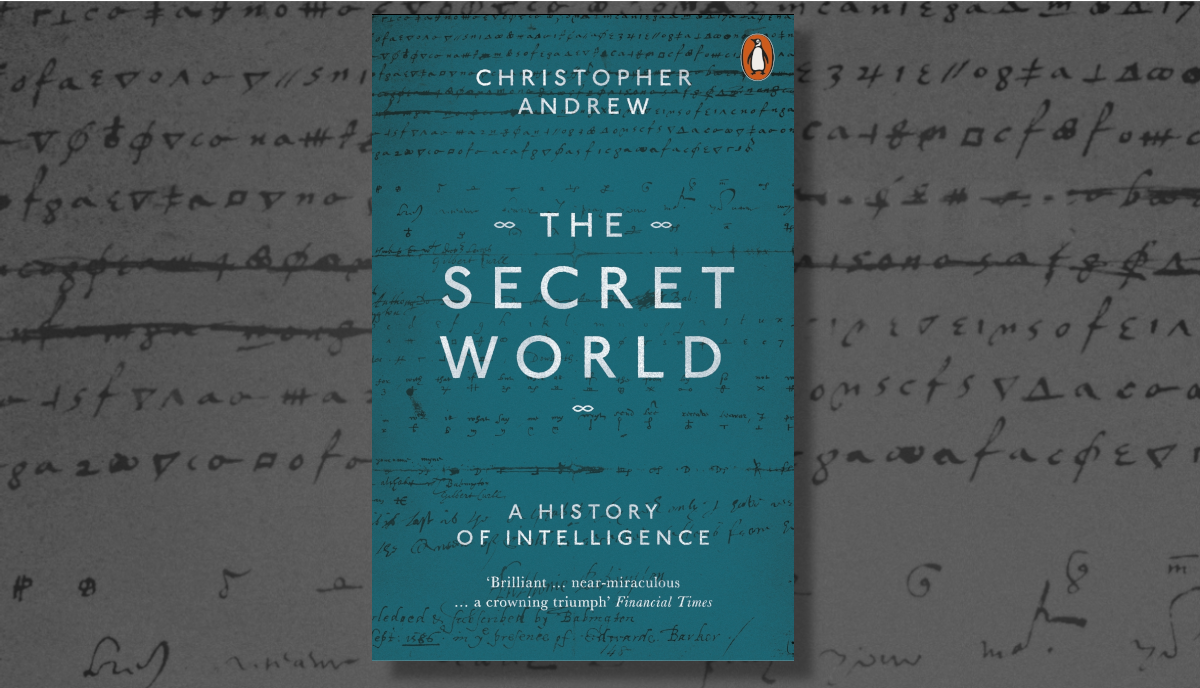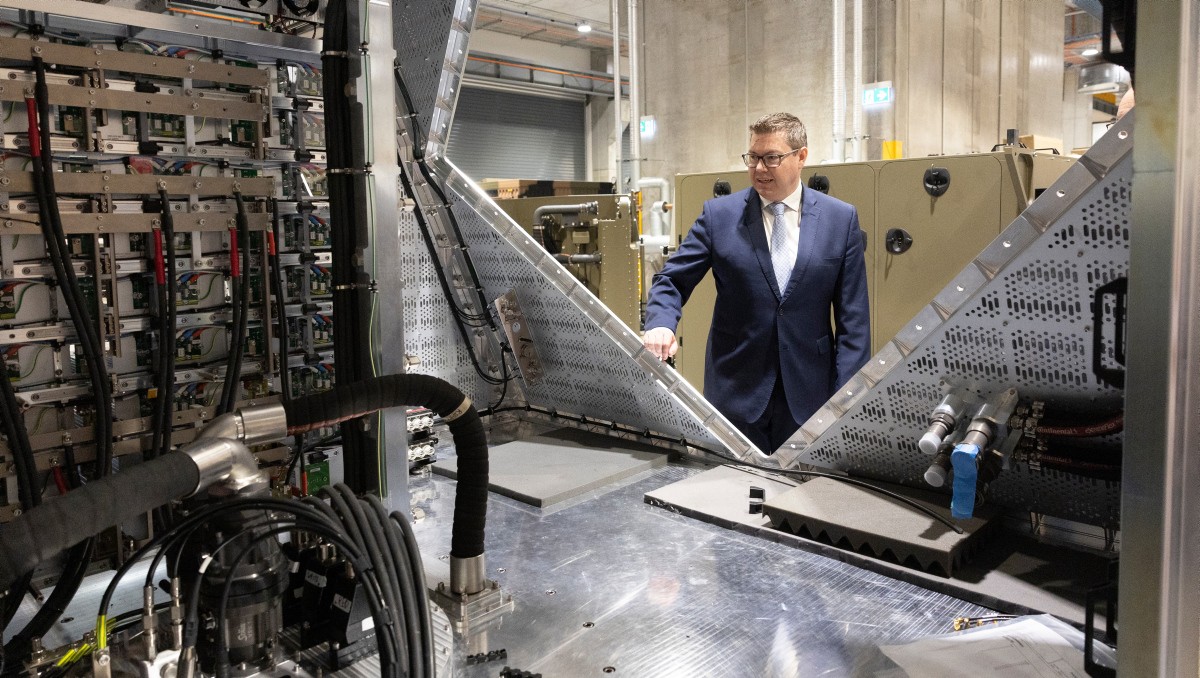Book Review: Making Warriors in a Global Era: An Ethnographic Study of theNorwegian Naval Special Operations Commando
Making Warriors in a Global Era: An Ethnographic Study of the Norwegian Naval Special Operations Commando
Written by: Tone Danielson
Lexington Books, 2018,
ISBN 9781498561815, 178pp
Reviewed by Dr Kieran Stewart
I am not even sure what our culture is today. So many things have changed. It might help us to have an outsider’s view and analyses. You know how things are normally done in the military; they [strategic level] send a hired consultant who will tell us ‘use this model, and then you will have synergies, and everything will work out perfectly.’ It never does—those models don’t fit. An anthropologist has a different toolbox, sees things from a different perspective. We need it tailor-made.
- Tom Robertson, Commanding Officer, Norwegian Marinejegerkommandoen
Since the Vietnam War, anthropology and its array of associated disciplines has largely neglected military culture, policy, ethos and, in particular, people. Likewise, the Australian Defence Force (ADF) has yet to foster a relationship with the former. Yet, for those of you who are social anthropologists, there is a rich, multifaceted bank of human knowledge there to describe and explicate, but only for those who are willing. Likewise, the ADF should not underestimate the critical insights anthropology and its ethnography (the methodology used to study the cultural aspects, or the ‘everyday life’, of a particular group) would give if only it took a leaf out of this pioneering work by Tone Danielson. Danielson has done nothing short of open the doors to a modern anthropological study of armed forces and provide a clear, meticulous methodology. This leads to some stunning conclusions.
Danielson highlights how essential it is to conduct anthropological work in a military setting in order to:
- allow us to realise things about ourselves (habits, how we conduct ourselves, cultural specificities) and our organisations (for the military this would be Standard Operating Procedures) that we had not once conceptualised let alone critiqued
- make us think about why we do the things we do rather than just doing them.
She writes: ‘War is merely the context in this book … the making of warriors and their everyday life is the focus.’ And so, with careful precision, Danielson describes how young Norwegians are socialised into Norwegian defence culture, ‘made into warriors’, and forces a reflection about change, whether that be for the benefit of the organisation’s ‘capability’ or at the individual level.
For an academic to be able to study a special operations unit is as remarkable as it is almost unbelievable. As a world first, Danielson was given privileged access to the Marinejegerkommandoen (MJK), having been headhunted by Tom Robertson, whose words are at the top of this review, in order to gain anthropological insights into a special forces unit. Chapters 1 and 2 set out the methodological framework of the fieldwork (participant– observer) undertaken over two years and how Danielson was able to access the unit. Danielson explores the oral traditions of the MJK while also tracing the cultural parameters around which the unit orbits; defining the central aspects of a culture is a key component in anthropological work. Chapter 3 explores the transformation of a civilian into an elite soldier, describing what Danielson considers to be an ‘institutional apprenticeship’ and what the MJK looks out for when recruiting its most elite unit (if you wish to know more about the ‘fine-grained’ detail of making a warrior from a young person, jump straight to this chapter).
Chapters 4 and 5 broadly discuss the rare skill set that is required of the MJK. MJK soldiers continually train to be novel and innovative and able to ‘switch’ on and off between different social forms and organisations. Chapter 6 concerns itself with the mental health issues that arise with being an elite soldier, how an MJK soldier ‘releases tension’ and the rituals that are practised as a way of maintaining sanity.
Chapter 7 analyses leadership—in particular, the importance of a commanding officer in the MJK knowing each operator back-to-front and not losing sight of the social nature of the MJK’s operations. Leadership in the MJK is highly fluid and dynamic depending on the training or combat needs of the unit. After reflecting on the many stories and first-hand accounts of the culture of an elite unit within the armed forces of a small state, Danielson concludes her study by asking how a military culture will go about adapting to change, particularly technological change in a global era. She elucidates not only the harsh truths embedded in an increasingly networked world but also the perpetuated myths about elite special forces that have a negative trickle-down effect on regular forces in training and combat situations. In the final chapter, Danielson not only reflects on the culture she has studied intensely for a number of years but also describes the transformative pressures placed on the MJK in the global era and how the MJK may gain the upper hand by being a step ahead.
The difference between anthropological work and other ways of obtaining important information from a defence force (the dreaded survey) is that, instead of handing out what are usually largely static questionnaires to uncover some highly specified, narrowly focused aspects of the military experience, an anthropologist walks alongside the cadet, the officer or the general and asks them to reflect on what it is they do and why they do it and remains open to the life that is lived, for culture is not a monolith but, rather, something that is alive. Danielson puts the goal of anthropology in the military in succinct terms. She writes: ‘contextualised ethnography and analysis aim to contribute to discussions and reflections on continuity, reinventions, and transformations in armed forces.’ A culture can only change if it knows where to look and what it is that requires change.
A final word from an anthropologist working in the military: anthropology allows for an outsider who has been expertly trained to examine the make-up of a particular culture in order for us to be self-reflective enough as individuals, communities and organisations alike to ask the eternal and fundamentally hard questions: who are we, where did we come from and, most importantly, where are we going? Making Warriors in a Global Era makes an important contribution to answering these questions. May we continue that work.



